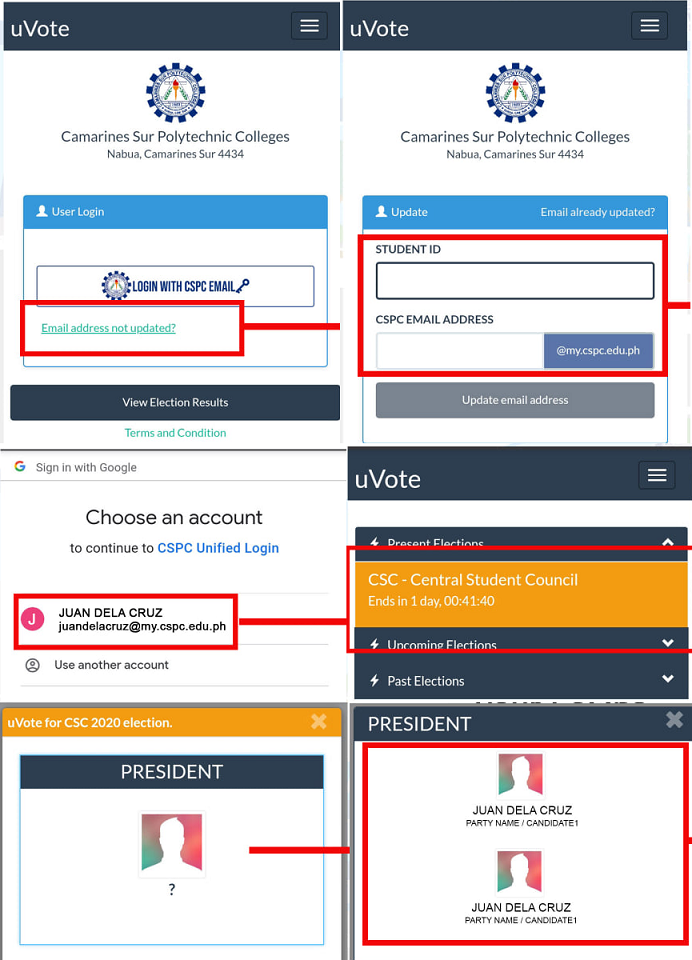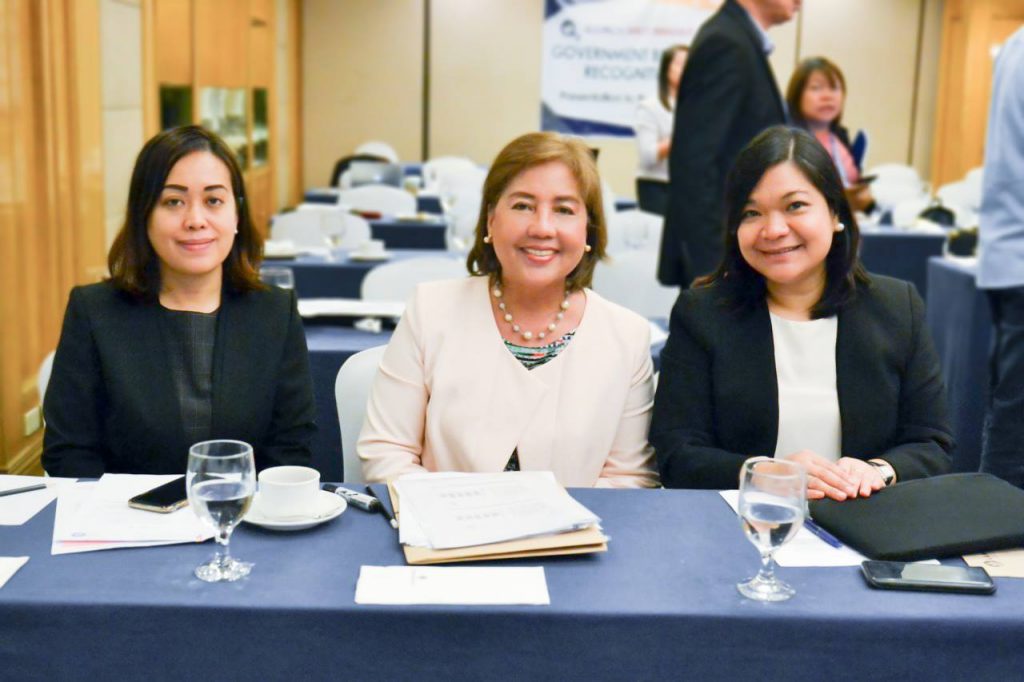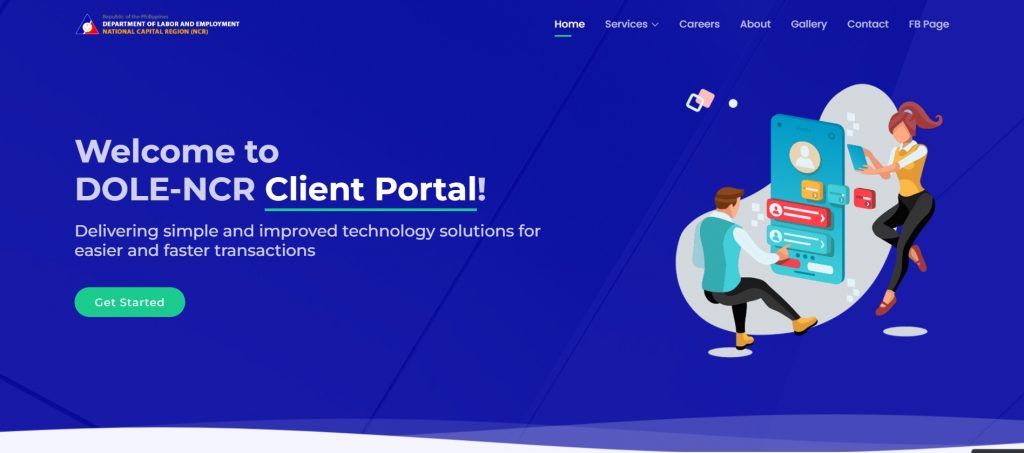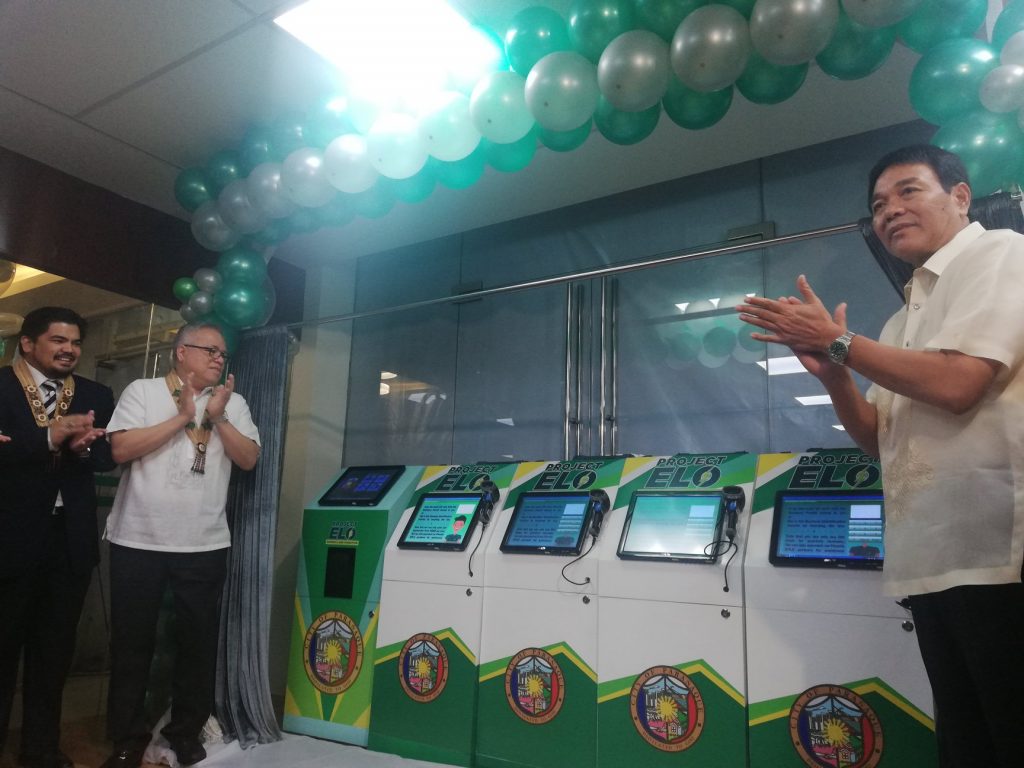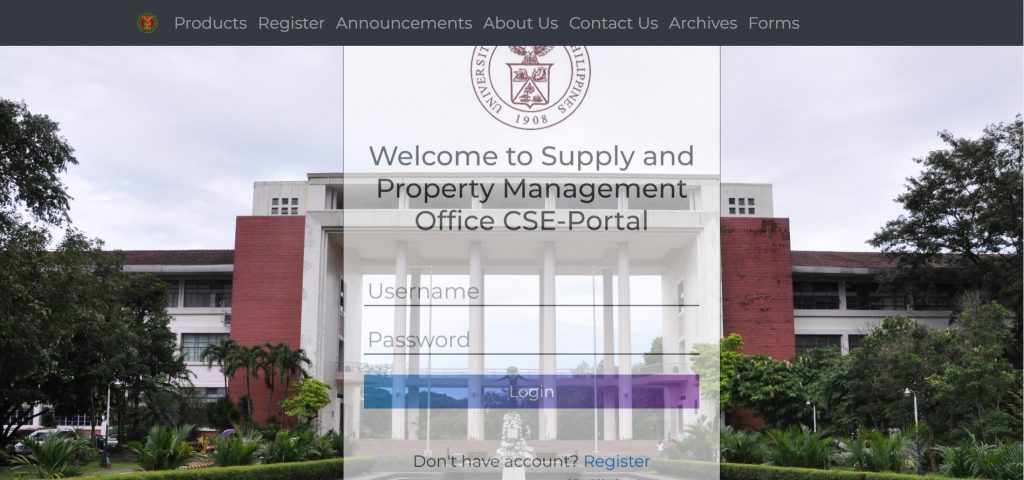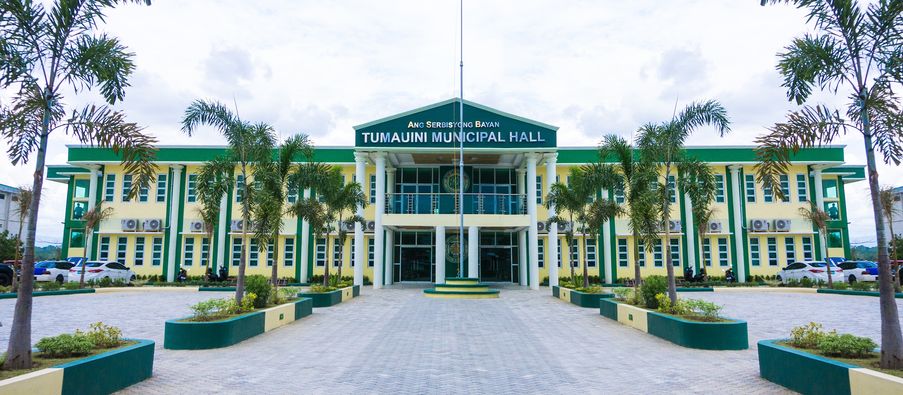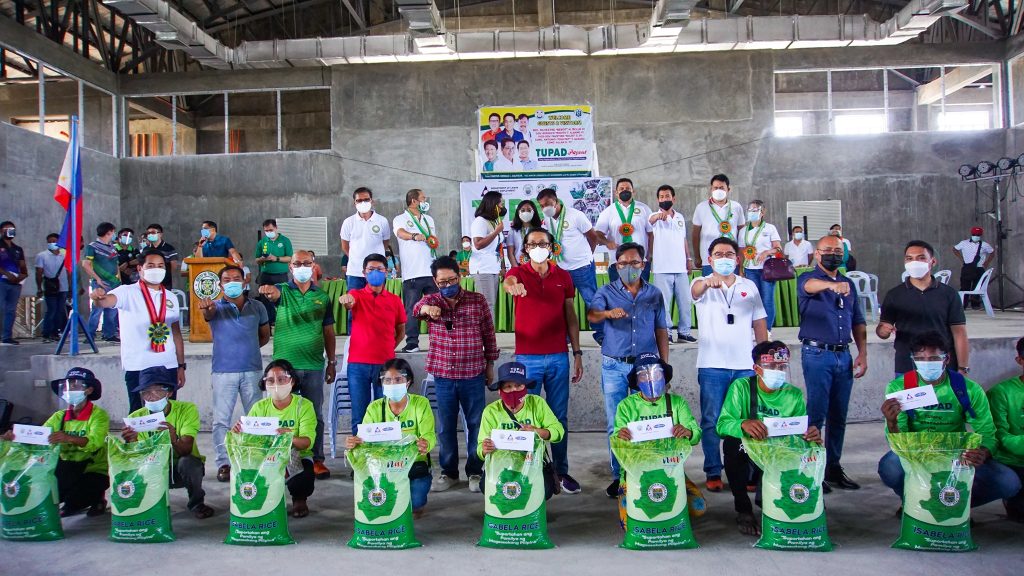Organization
Baguio General Hospital and Medical Center
Best Practice Focus Area/s
Measurement, Analysis, and Knowledge Management; Human Resource; Operations
Year Implemented
January 2017
This is a GBPR entry
Summary
The BGHMC-HRMIS is a database system that keeps important information about the hospital’s employees. It contains all the data used for the different human resource (HR) functions, such as Electronic Appointment Preparation, Salary, Benefits and Payroll Management and Administration, Learning and Development, Rewards and Recognition, and Performance Management. It also offers self-service transactions for the employees, such as e-filing of leaves, online access to their leave credits, salaries, and benefits, and online updating of personal datasheets.
Background and Problem
Before the institutionalization of the PRIME-HRM and the signing into law of the “Department of Information and Communications Technology Act of 2015”, the Baguio General Hospital and Medical Center (BGHMC) had already aligned its dedication with this mandate. They have been focusing on easing hospital operations through transactions and processes of its employees through the development of systems resulting in employee satisfaction and better patient care.
The BGHMC’s growth in terms of Human Resources for Health (HRH) is exponential. Because of the Rationalization Plan in late 2013, the HRH in BGHMC grew from 676 in 2013 to 1,379 in December 2018, or a 49% increase. In September 2018, the BGHMC was approved for upgrading to 800 beds by virtue of RA 11084.
The Department of Budget and Management (DBM) approved the 994 positions as part of the 1st tranche last September 2019. To date, the BGHMC has 2,482 positions. Given the challenge, the BGHMC-Human Resource Management Office (HRMO) has to step up its processes to deliver efficient, effective, and timely services to its clientele. The HRMO is in charge of the following HRM functions: Recruitment, Selection and Placement, Employees’ Salaries and Benefits, Performance Management, Rewards and Recognition, and Personnel Records keeping. The inter-phase link of each function and the limited number of staff to deliver all the services and outputs was a challenge to HR. This motivated the team to develop the Human Resource Management Information System (HRMIS).
Solution and Impact
In the journey towards the CSC’s PRIME -HRM, the primary goal of the BGHMC is to elevate the public sector human resource management to a level of excellence through a process of HRM systems and practices for service. This was done through the BGHMC-HRMIS, a database system that keeps relevant information about every employee in the hospital.
The operationalization of the HRMIS expedited all the works in HRMO with the following as its features:
- HR Process and Services (Traditional/before the creation of the HRMIS)
- BGHMC-HRMIS Features
- Preparation of Payroll (salaries, benefits, bonuses, Magna Carta benefit
- Exporting a summary of leaves and performance evaluation as input to payroll preparation is reduced from 15 to 2 days. Requirements for entrance to duty leaves incurred, performance evaluation, etc., can be easily exported from the system.
- MSWord preparation of appointment Automated Appointment preparation (CS Form 33)
- Personal visit to HR to inquire leave balances and file a leave Automated Leave Application/filing
- Online access of individual employees earned leave credits and leave ledgers
- Excel Version of leave Ledgers Automated version of leave ledgers. Updated on time are also tardiness, and undertime incurred is deducted from vacation leaves earned
- Excel version of Service Record Automated Version of Service Record
- Printed payroll per division, department, unit, office automated payslip. With records of previous salaries and benefits received since January 2017.
- Excel version or handwritten filled-out CSC Form 212 Electronic and automated Personal Data Sheet including regular updating
- Excel version of Summary per rating period only – Performance evaluation ratings of staff available per rating period since 2017
- MS Word version prepared yearly Awards and recognitions received by staff (PRAISE)
- Staffing Plan–with the minimum Qualification standards per position incorporated in the HRMIS. Next-in-rank employees in any position are easily identified. Vacancies easily monitored
- As required by CSC, DBM, DOH, and COA, important reports can be easily generated and downloaded from the system.
- Excel Version of Employees Licenses Validity Database Automated database of Employees Licenses Validity
With the online access of each employee to these HR services 24/7, hospital staff are more confident that all the needed information is accessible anytime they need it. Hospital staff can now focus more on their patient care services.
The effectiveness of the HRIS system has reached different government offices, resulting in CSC’s recommendation to make it a learning laboratory where other government offices can benchmark. Since they developed the system internally, the office saved around 2.5 million pesos.
Milestones/Next Steps
In December 2018, the CSC conferred BGHMC with the PRIME-HRM Maturity Level II.
The office is continuously enhancing the features of the system to make it more relevant to the new normal; the HRMO is strategizing on the ease of doing HR business in such a way that HR transactions, i.e., request for Service Record, Certificate of Employment, viewing and printing of personal DTRs, and many more are done through the system. They aligned all of these with their quest to achieve the highest level of PRIME-HRM (Level 4) soon, which is equivalent to Strategic Human Resources.
They have requested the Department of Information and Communications Technology (DICT) for data management assessment to register it for copyright.
With the operational efficiency the system has brought in the delivery of HR services, the BGHMC plans to share the system with their DOH family nationwide to elevate the quality of service of the whole DOH.

